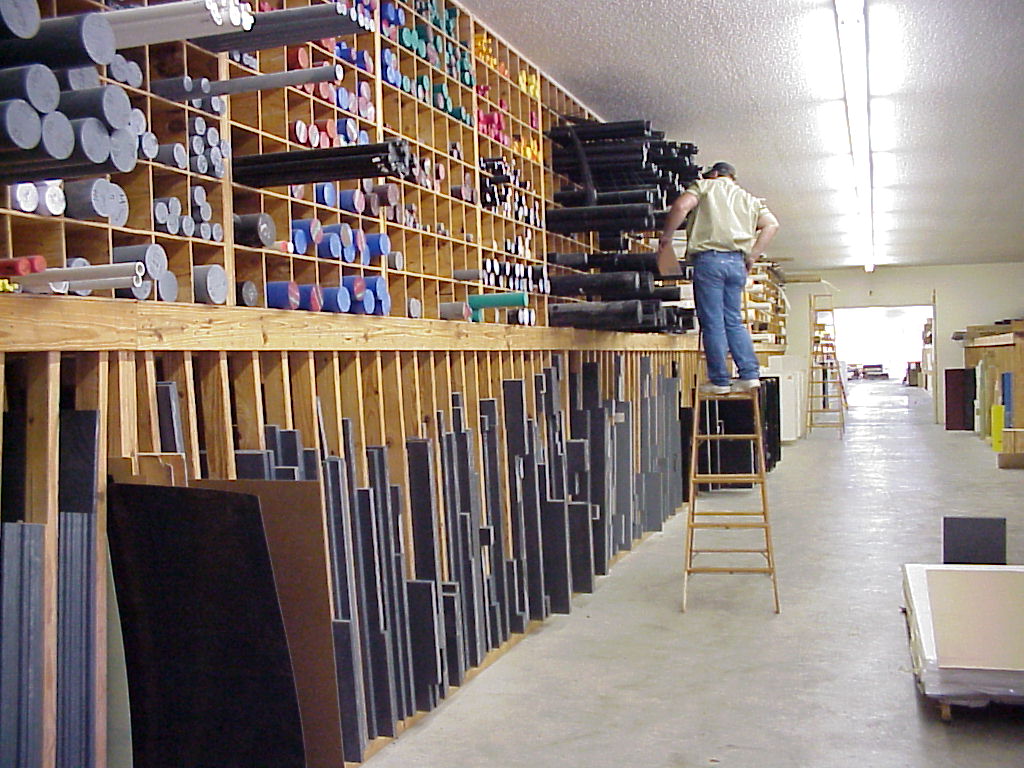Warehouse organization isn’t just about making your operational environment appealing to look at. It’s one of the more unheralded productivity secrets in modern manufacturing and material handling. Taking time with setup initially, and gathering ongoing feedback from stakeholders, can help and business operate more efficiently and profitably.
There’s little need to remind you how much of an investment your warehouse is for your company. Maybe it’s your single distribution hub or one of several facilities you rely on to stay productive and profitable. In any event, it’s home base for much of your equipment and labor — and that makes its internal organization one of the most important things you can spend time thinking about and tinkering with.
One of the top risks you face when you don’t invest in wise warehouse organization is compounding your expenses over a period of time. For example, if you find yourself moving into a facility that doesn’t quite suit your needs and workflows, but you “make do” anyway, you’ll probably find yourself reshuffling equipment, fixtures and personnel multiple times in the coming months and years.
That’s a big drain on productivity and operating capital. Wouldn’t you prefer to get it right the first time? This is especially true of startups or businesses that are growing and expanding rapidly. Leave yourself breathing room for additions and reorganization efforts later on, but also make sure the facility meets your present needs.
One of the phrases you’ll hear among warehouse owners and operators is “fit for purpose.” This means no two facilities will look quite the same so long as different people work there and the facilities serve different purposes. Given that plenty can go wrong in manufacturing, shipping, warehousing and material handling even at the best of times, it doesn’t make sense for your warehouse to be a lingering source of frustration or problems on its own.
Your warehouse is a tool — and there’s a right and a wrong way to use most tools. Moreover, if any other tool you rely on wasn’t working as intended or desired, you’d probably make a change. So let’s look at what might be worth changing when it comes to your warehouse layout.

Maybe you’re tired of hearing about how useful data is for industry — or maybe you’re excited about the prospect and just getting started leveraging your own operational data. Looking over data about your workflows and the general cycles of activity in your warehouse can go a long way toward helping you fine-tune your design.
What kind of data? It’s things like:
You likely have access to much of this data already. But analyzing and organizing it means looking at it in increments that make sense for your operation. Dive back through the years and look at long-term trends. This branch of analytics has been a huge boon to lean manufacturing and warehousing productivity in general, and it can also help you design a warehouse that meets your current and future needs based on historical and ongoing trends.
In addition to leveraging your most useful data to inform your warehouse design, you have another trove of insight: your stakeholders and employees. The people with “boots on the ground” in your warehouse can make suggestions you hadn’t considered if you’re not involved in the nitty-gritty of the daily workflow.
Here are some examples:
Another feature of your warehouse worth attention is the length of your aisles. Looking at your building from above, it shouldn’t look like an interstate — it should look like a city with neatly ordered blocks. Taking travel distance and maneuverability into consideration reduces time spent picking and reduces the likelihood of collisions with machines, personnel and racking.
The advantages of taking warehouse layout and design seriously go beyond productivity. It’s about safety, too. Duplicating effort or forcing employees to make their way through or around areas where vehicles or heavy equipment are in motion is one of the quickest routes to injuries and worker’s comp claims.
Get it right the first time by engaging your employees on the ground and asking what they’d look for in a refreshed warehouse layout. Sometimes the required changes could be dramatic, while at other times they’re as simple as repositioning a conveyor belt or a storage area for frequently used tools. But you won’t know until you ask.
 Megan Ray Nichols
Megan Ray Nichols
Freelance Science Writer
Megan Ray Nichols is a STEM writer and the editor of Schooled By Science. She regularly writes for IMPO Magazine and American Machinist. For more from Megan, follow her on Twitter, @nicholsrmegan, or subscribe to her blog.
Scott Ellyson, CEO of East West Manufacturing, brings decades of global manufacturing and supply chain leadership to the conversation. In this episode, he shares practical insights on scaling operations, navigating complexity, and building resilient manufacturing networks in an increasingly connected world.